New Zealanders — we're an odd bunch.
We buy tickets to popular concerts just to sell them online to strangers. We love rugby and sailing, even though the rest of the world couldn't care less about either. And the ever nonsensical "yeah, nah" continues to be a regular fixture in our vocabulary.
We're also not good at being told we're not good at things. This was an element racer Mike Eady found out a few years ago.
His business used to be called TrackTime Driver Training, but Mike soon realised people didn't take to "training" in the name. After all, if you're already a "perfect" driver, why would you need "training"?
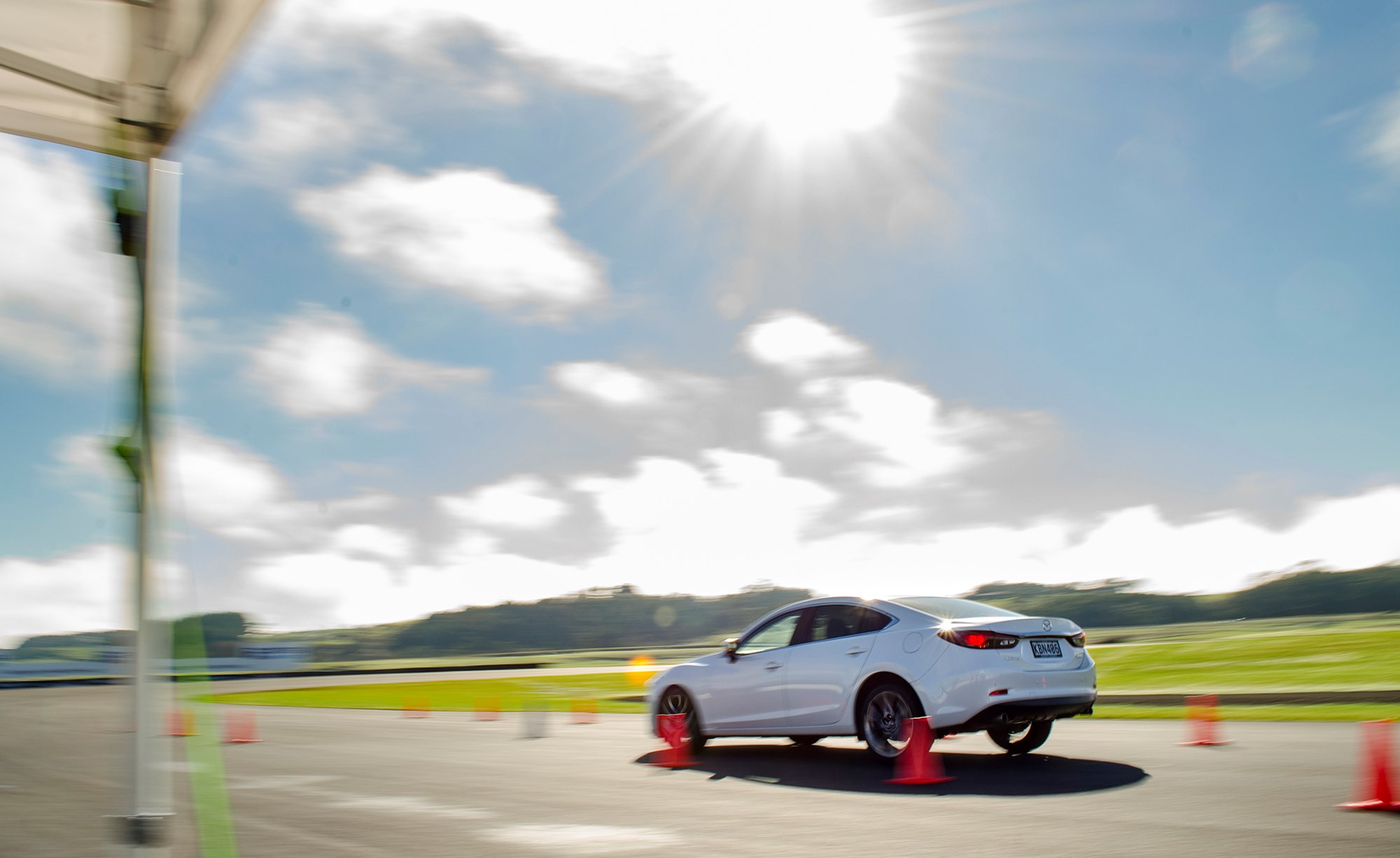
The simple fact, however, is that, by and large, New Zealand drivers do need training. Despite road safety's regular usage as a political football, and despite the improved safety features in modern cars, the death toll in this country continues to rise, with 2017 set to eclipse 2016.
And it's courses like Mike's — now known as the TrackTime Driver Academy — that could be the answer to it all.
It's a day-long programme that sees drivers take on a range of practical exercises that help them explore the areas our current driver-education channels leave blank.
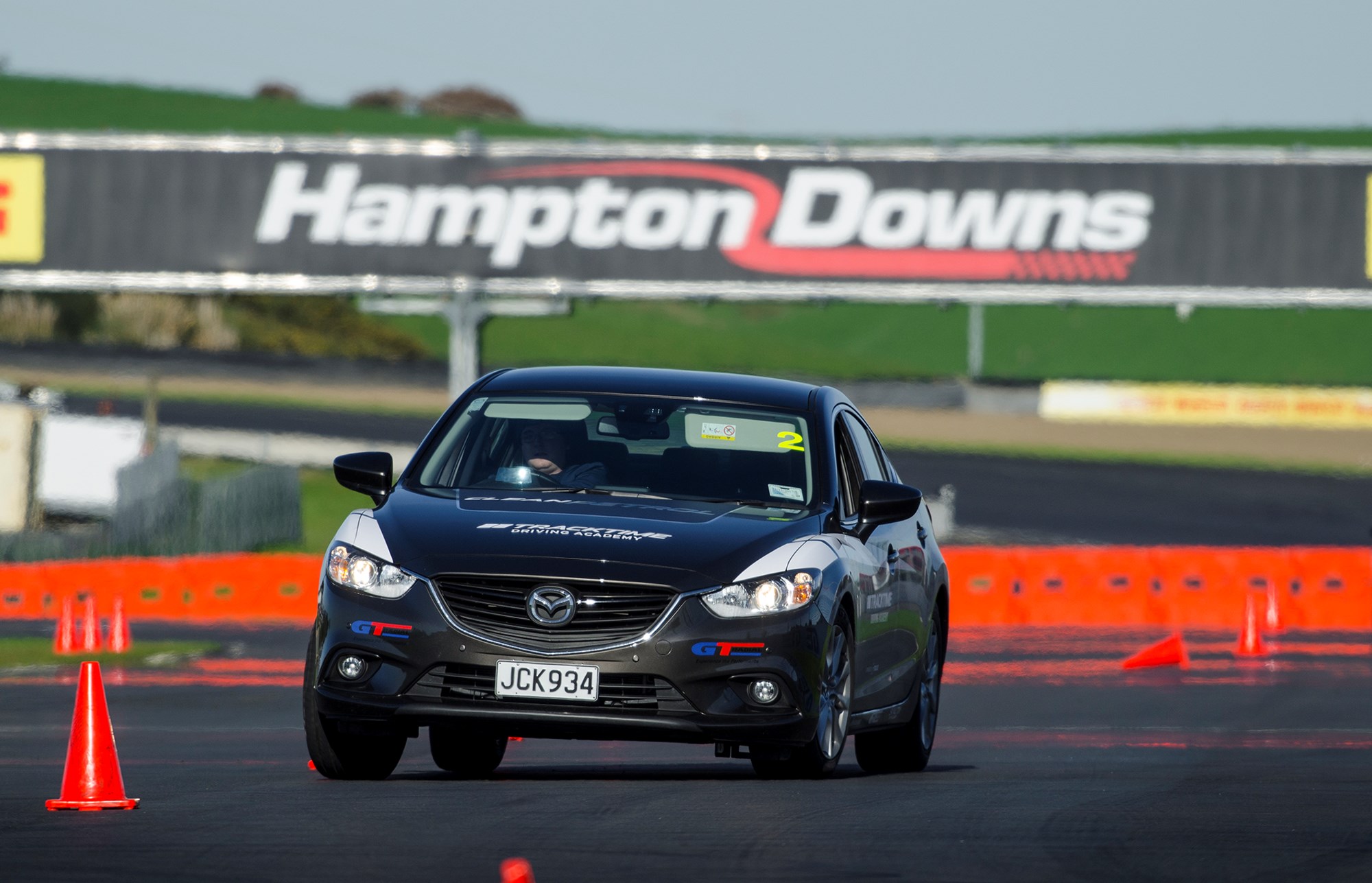
Courses are tailored to different groups, whether you want to learn how to tackle off-road terrain; educate employees so they don't scratch their new company cars; or harbour goals of being a fully-fledged race driver.
As someone who often drives cars as part of this privileged job of mine, it made perfect sense for me to take on a day of training. And although I consider myself a halfway okay driver, there is always, always, room to learn.
There were about a dozen pupils in attendance on our crisp Tuesday test day at Hampton Downs Motorsport Park — a variety of ages with a variety of confidence levels. Ahead of us were theory presentations and four different practical exercises; brake testing, accident-avoidance, education on racing lines, and a slalom circuit to close the day.
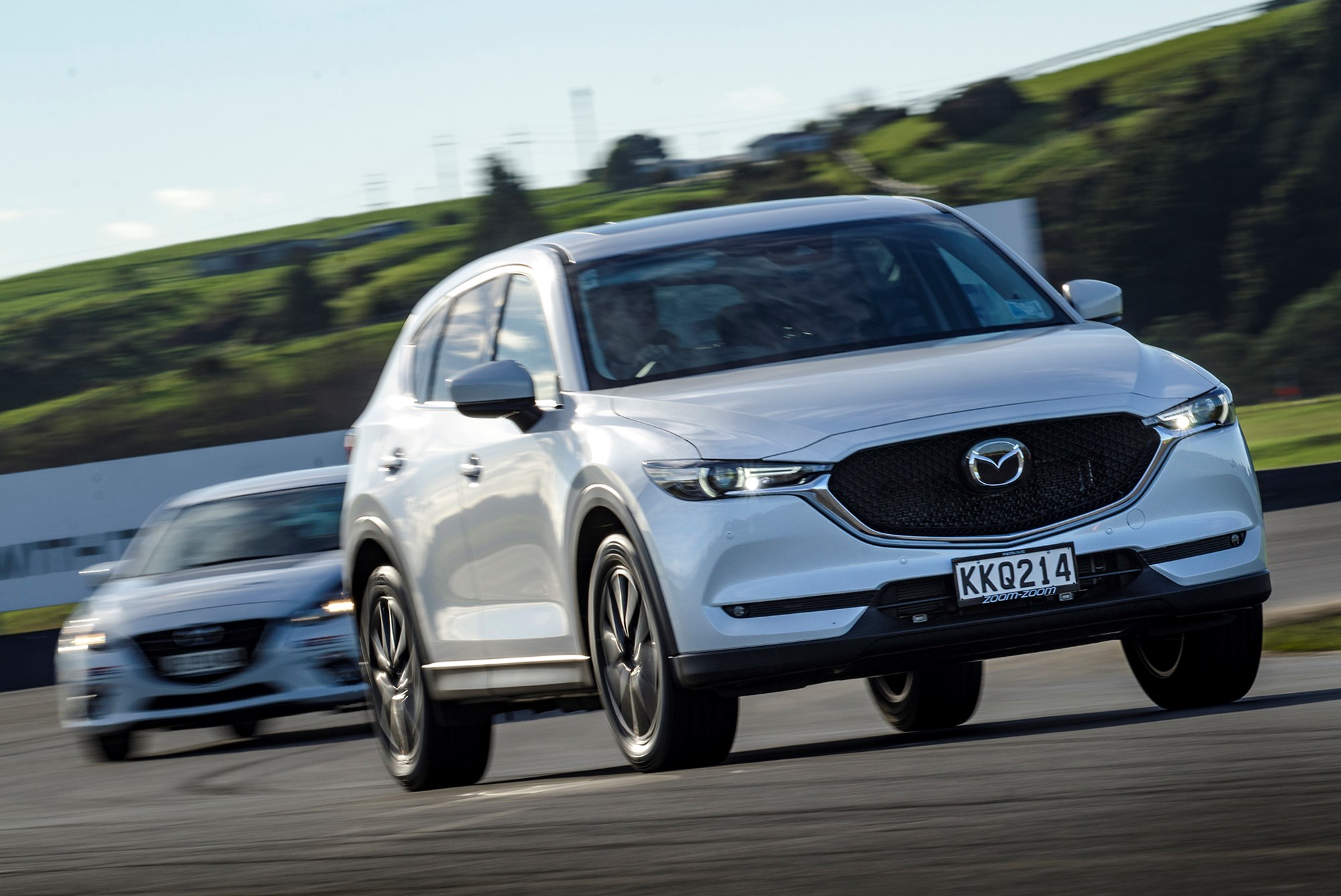
For these tasks, we would share a fleet of six Mazdas — myself behind the wheel of a diesel CX-5. You could tell it had seen a bit of abuse from prior testing, but it proved to be a faithful dance partner as the day progressed.
Brake testing sounds like something that's somewhat null and void. But, braking is perhaps the best example of something many drivers remain ignorant of until it's too late. This is underlined by the advent of ABS.
Nothing in the pages of the road code can prepare a driver to breach the mental block of having to come to an instant stop. Historically, teachings said it was best to pump the brake pedal. But ABS has sent that out the window.
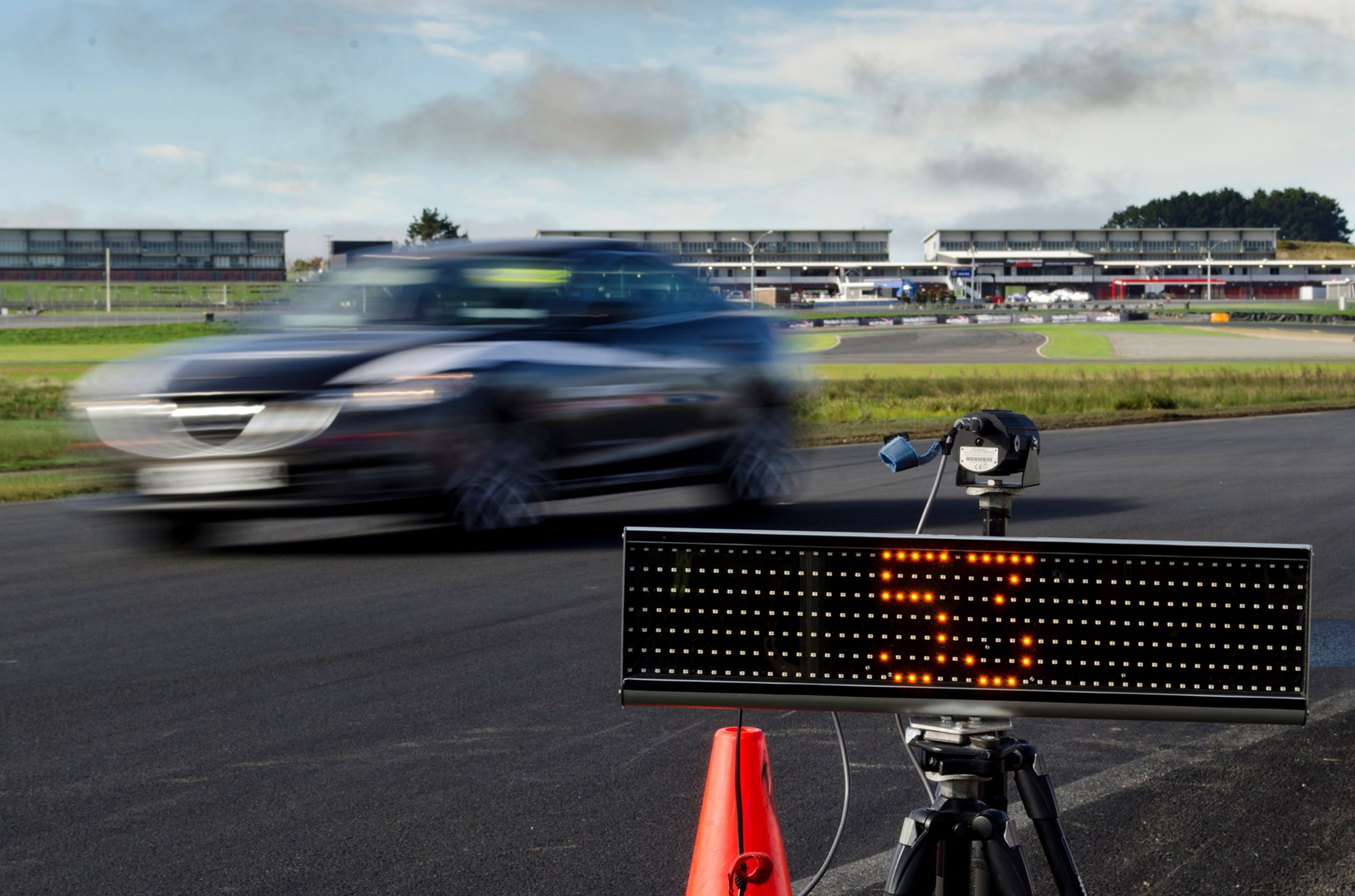
The new answer is simply to floor the brakes, but that's something easier said than done. Our task was to stop from 60km/h in just 9m — two car lengths, in my case.
What was evident almost straight away was the lack of confidence people had in hammering their pedal through the firewall. Early runs saw the crucial cone marked as our stop zone cannoned into the air time and time again.
It improved over time of course; everyone passing with flying colours. And it was much the same in the following incident-avoidance test — where, with a higher speed of 75km/h, we had to brake and swerve around an object. The direction of the swerve was also chosen at the last possible moment via a small lighting rig controlled by the TrackTime team.
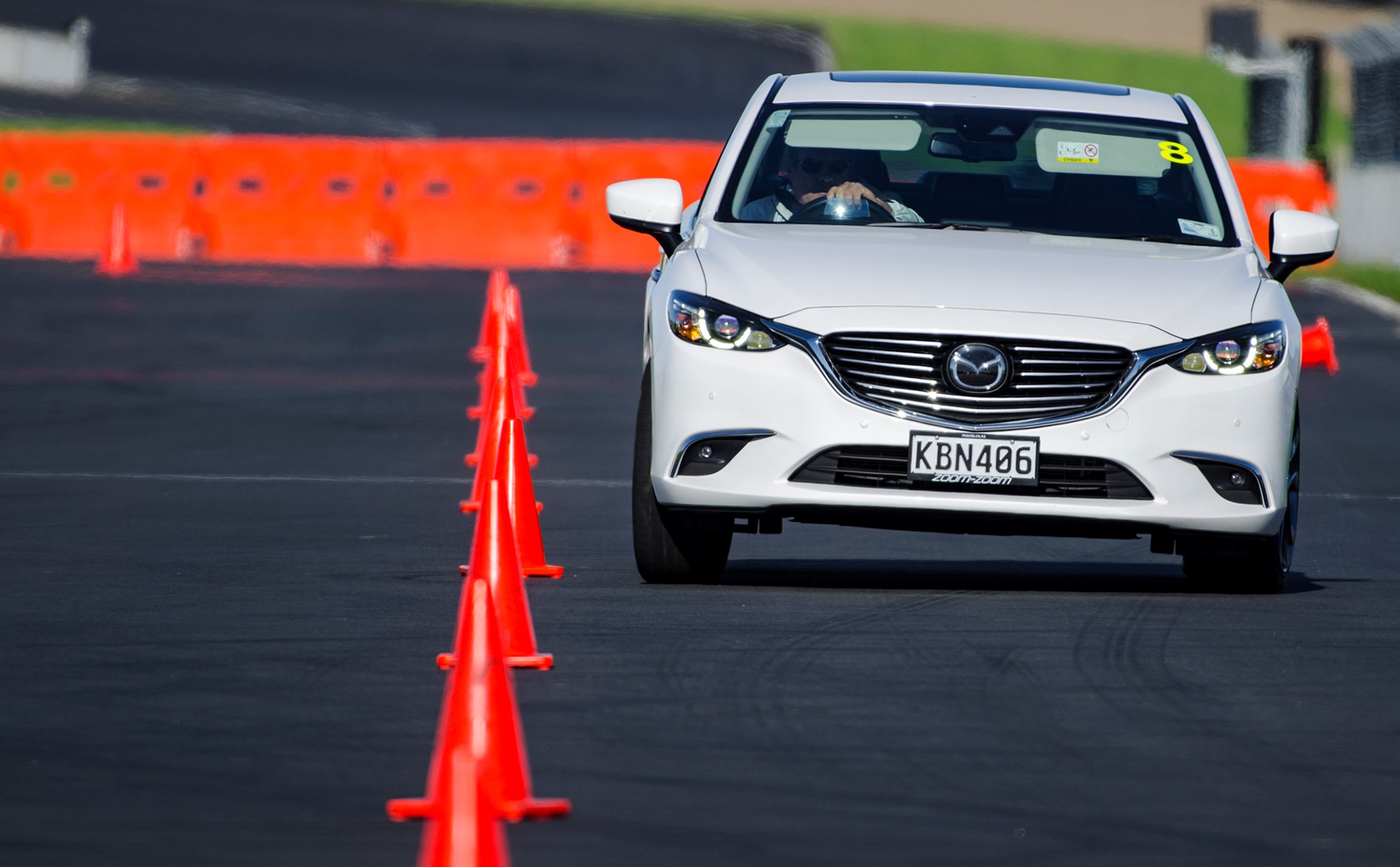
Again, cones flew early but by the end we'd all aced it.
Track laps learning about apexes and racing lines provided something of an interlude, as well as an opportunity for the group to soak up their first ever experience with track laps.
Taking an SUV out on track may seem like taking a spoon to a knife fight, but the CX-5 -- a vehicle we've always layered praise upon for its urban handling prowess -- doesn't embarrass itself. There's some understeer, but cornering is flat and grip never deserts you.
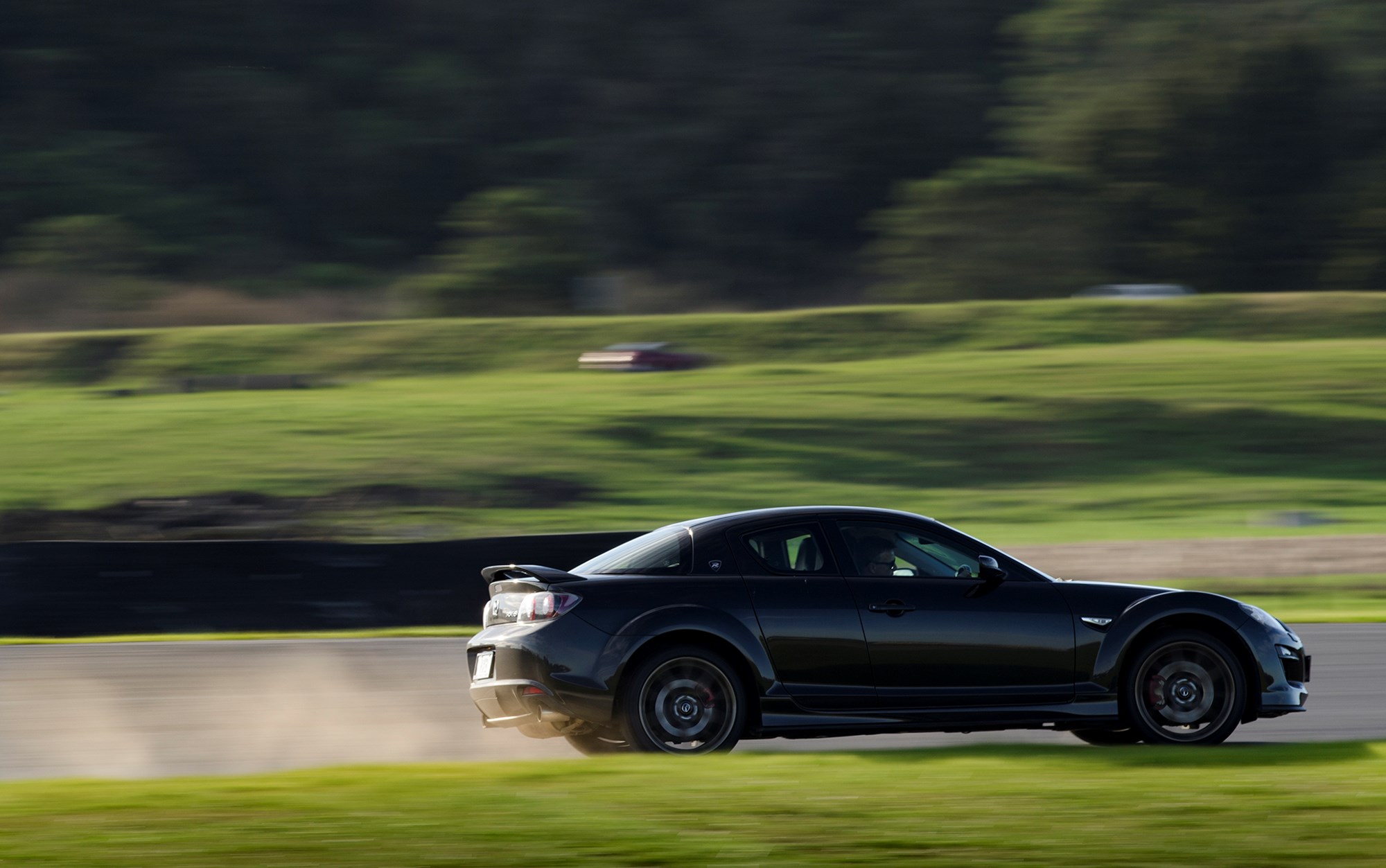
And that was laid even more bare in the final test of the day, the slalom, where all of the day's testing was woven into a timed challenge.
Opening runs took almost a minute to complete, but by the end of play — thanks to a growth in confidence and the teachings of the instructors — almost everyone had shaved their times down to less than 40 seconds.
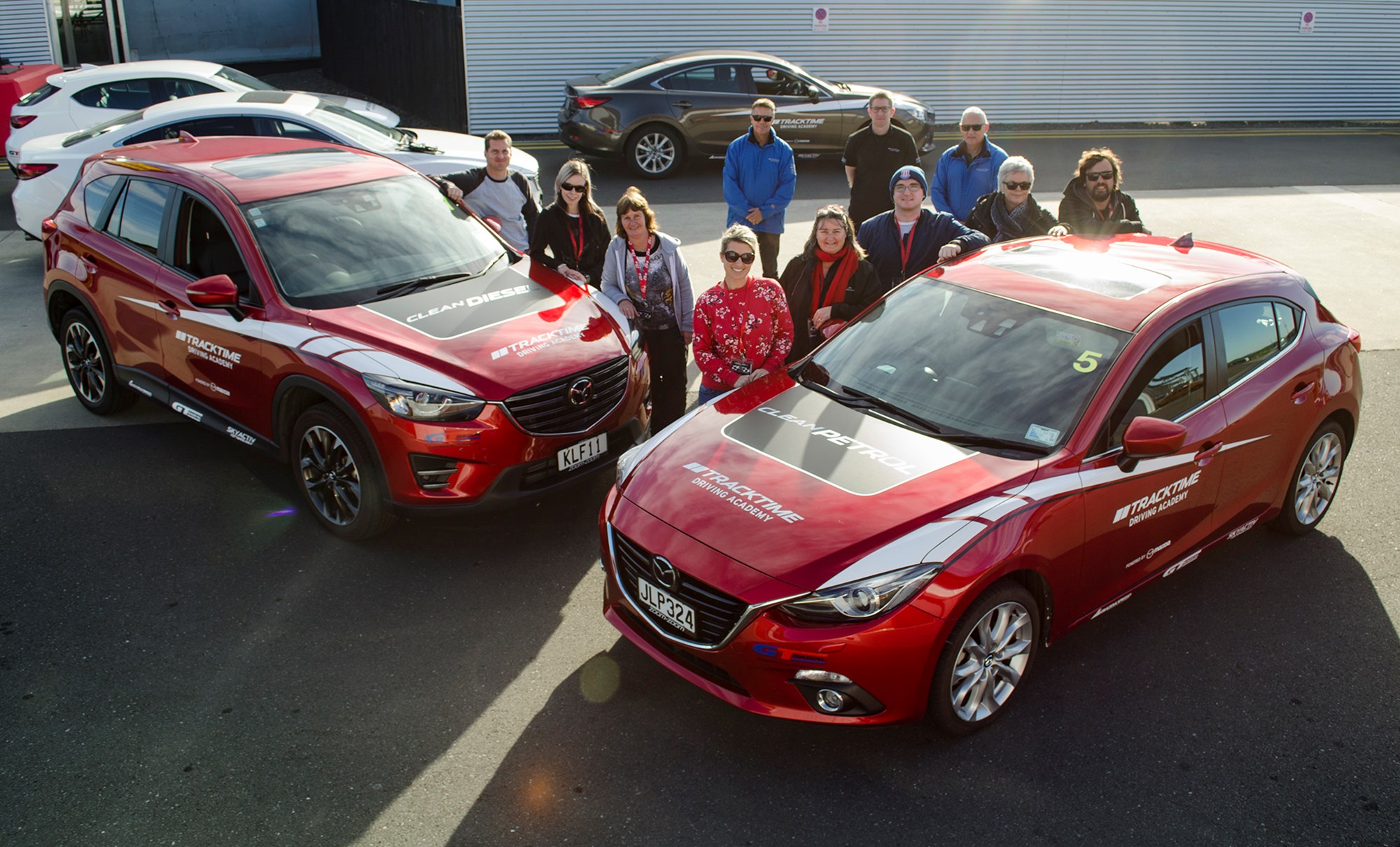
By the end of the day, everyone had passed to a backdrop of smiles and applause. But, it does raise the point of just how many other drivers still out there aren't as prepared in the event of a potential incident.
Some would say that courses like these are a great way to complement traditional driver education. Others, like me, would call them vital.




